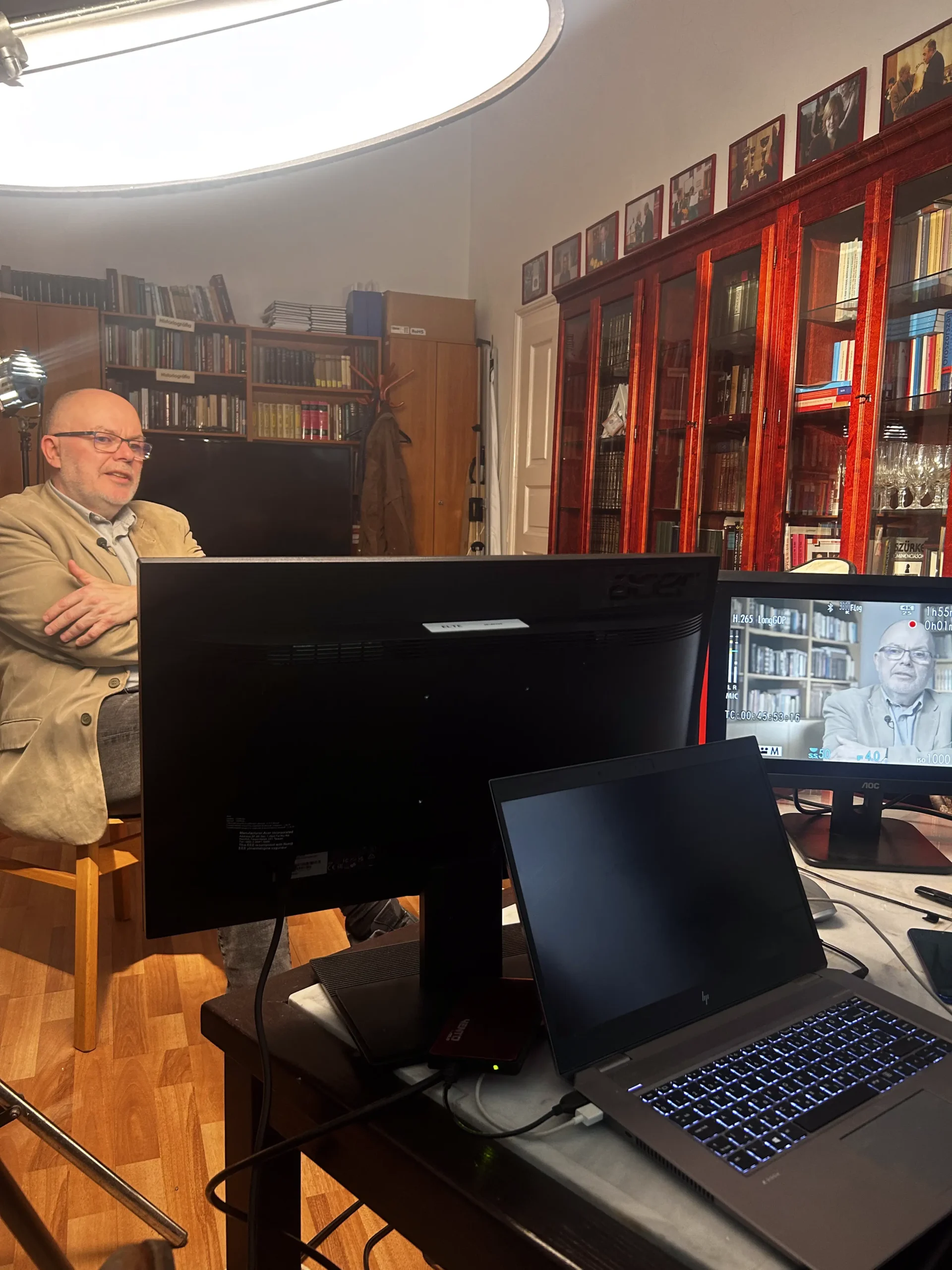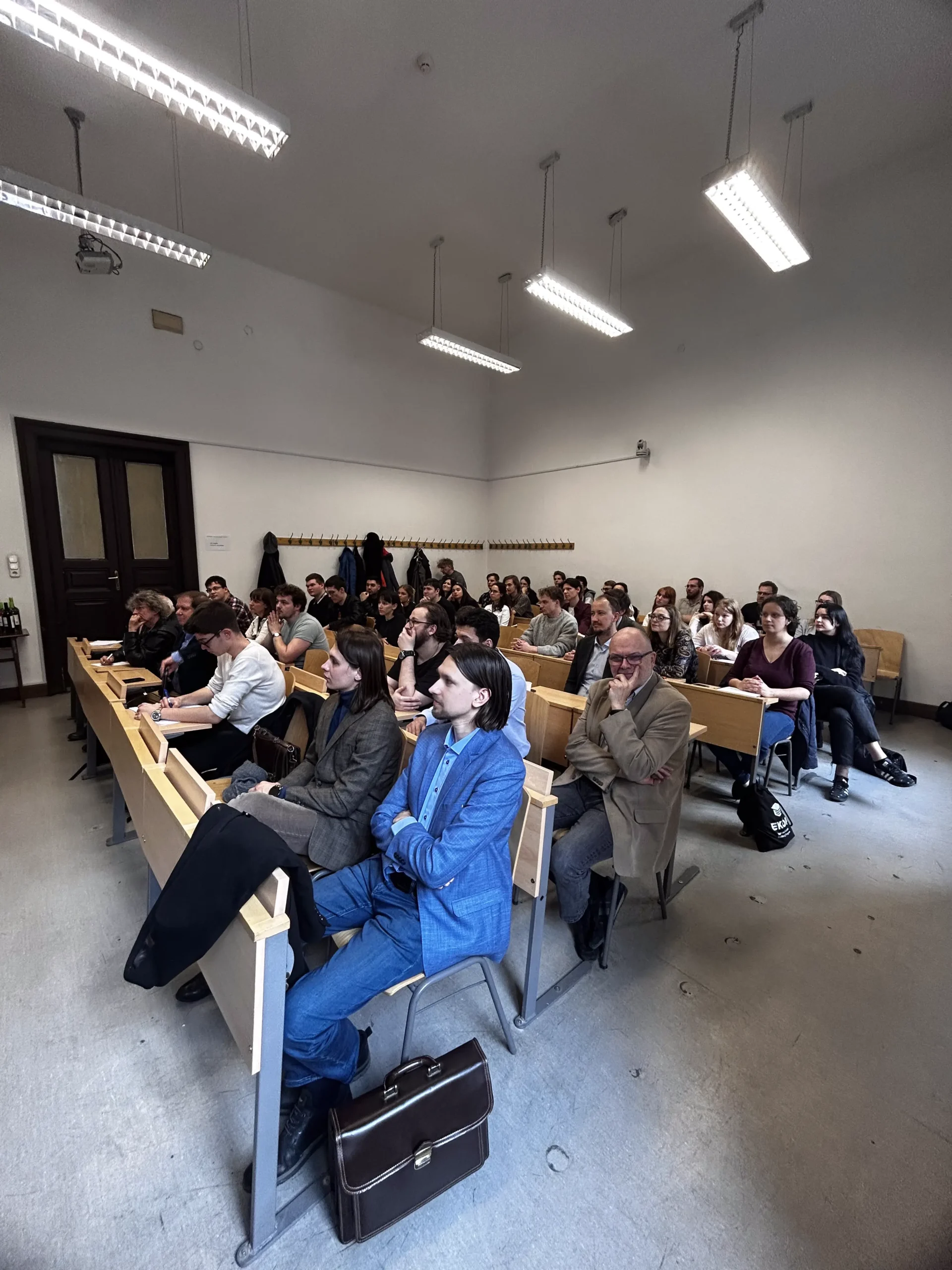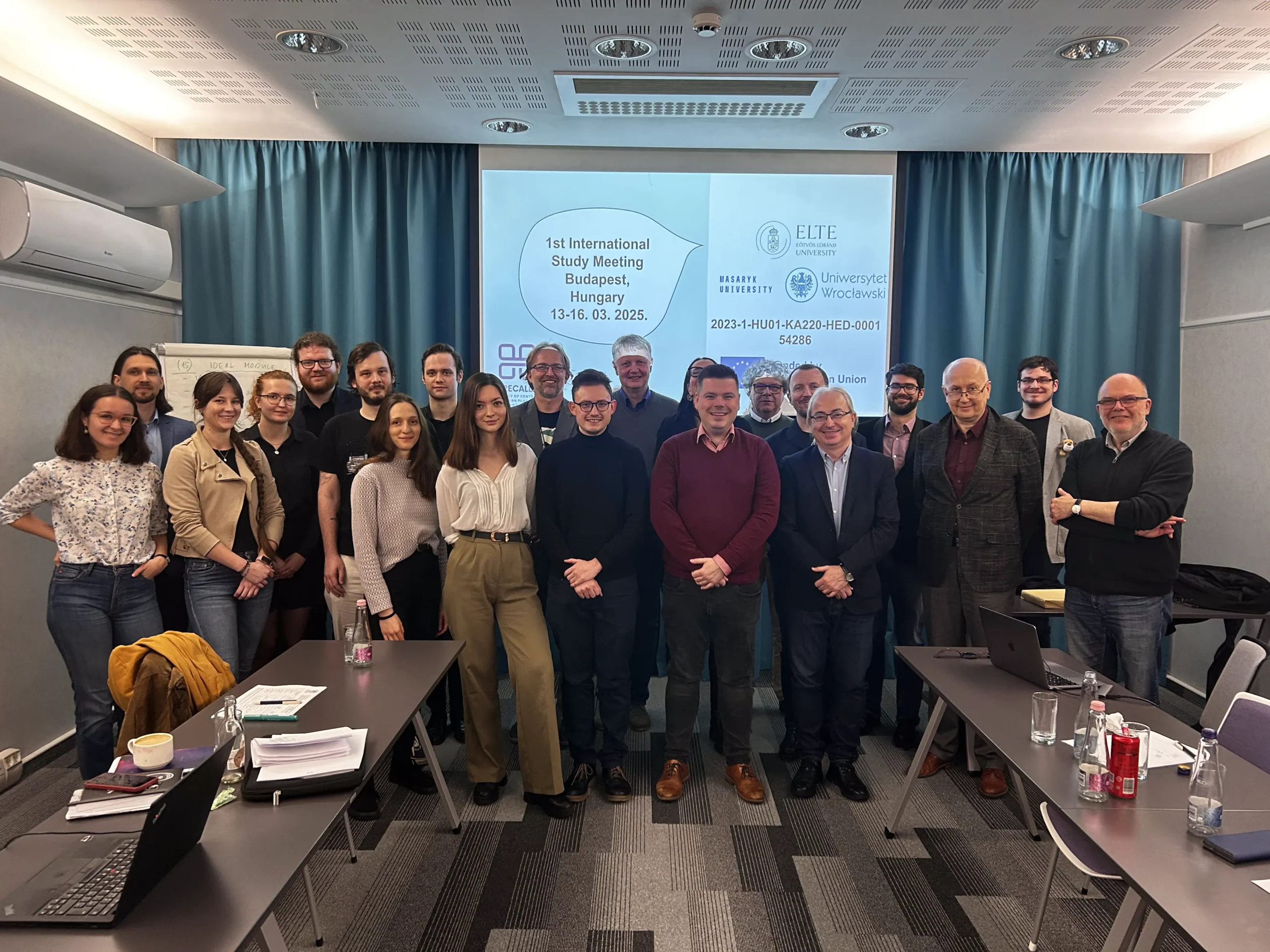Relations with Others – Pozsony (Bratislava)
Fact of the Hungarian figure „Myth of the Hungarian land-taking – Ópusztaszer”
Part of the „The story of the beginning” topic
During the Hungarian conquest of the Carpathian Basin in the late 9th and early 10th centuries, the Magyars established complex relationships with the surrounding peoples, including the Czechs, Poles, and various Slavic groups. These interactions were characterized by a mix of conflict, alliance, and cultural exchange, significantly shaping the region’s historical landscape.
During the migration of the Magyars to the Carpathian basin they encountered various Slavic and Germanic speaking groups. The foreign relations with the neighbouring Poles, Czechs, Bulgarians, Byzantines and also the various German states manisfested in the form of violent raids and occasional trade and alliance. The settlement of Pozsony (now Bratislava, Slovakia) became a strategic location for the Magyars. Situated near the confluence of the Danube and Morava rivers, Pozsony served as a key defensive and trade centre.
Besides the raiding campaigns, which are a topic of another article we need to summarize the relations between the Magyars and the Slavic-speaking population of the Carpathian basin. The Slavic population found in the Carpathian Basin spoke not a single language. At least two dialects can be distinguished based on their phonological features: the Pannonian Slavonic, which formed a transition between the later Croatian-Slovene and Moravian-Slovak dialects, and one that shows similarities with the later Bulgarian-Slavic dialects.
The assimilation of the Slavs found in the Carpathian Basin took several generations, and during this time there was a fairly widespread Slavic-Hungarian bilingualism. The Christian missionaries who wanted to address the Hungarians also took this into account: the Byzantine missionaries were certainly drawn from the Greek-Slavic bilinguals of Macedonia, and they brought with them naturalised church terms of Balkanic origin which could not be superseded by later conversions. To this day old Slavic foreign words have become an integral part of Hungarian vocabulary.
The relationship with the Germanic states was similarly complex. The Holy Roman Empire, under leaders such as Otto I, viewed the Magyars as both a threat and potential allies. The defeat of the Magyars at the Battle of Lechfeld marked a turning point, leading to a gradual cessation of Magyar raids into Western Europe and the beginning of more structured diplomatic relations.





